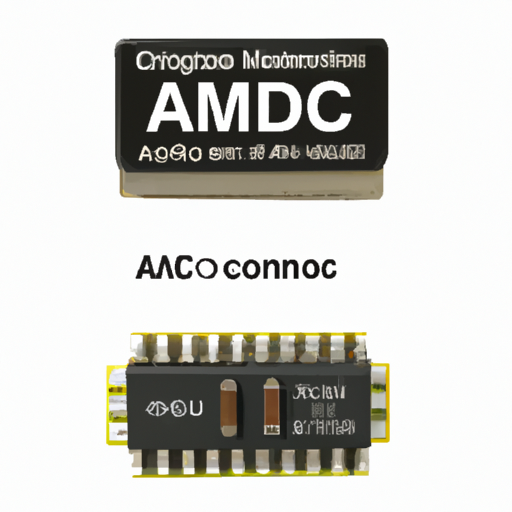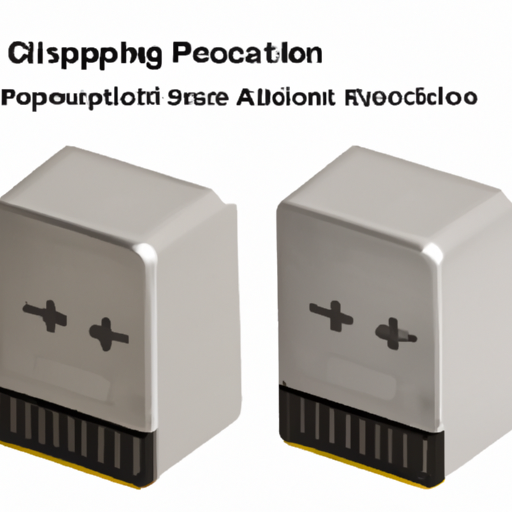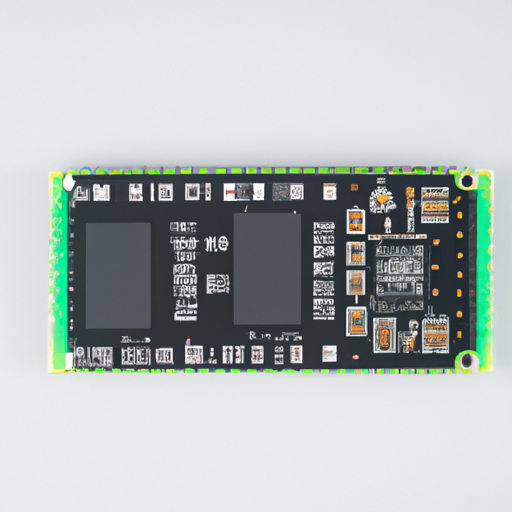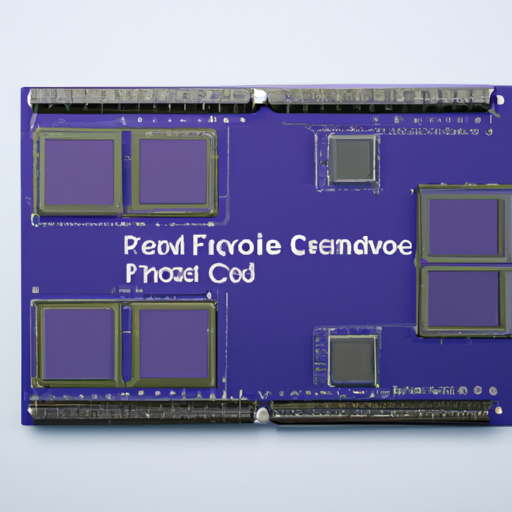Overview of Analog to Digital Converters (ADCs)
Analog to Digital Converters (ADCs) play a pivotal role in bridging the gap between the analog world and digital systems. They convert continuous analog signals into discrete digital values, enabling digital processing, storage, and transmission. Below is a detailed overview of the core functional technologies of ADCs and their application development cases.
Core Functional Technology of ADCs
| 1. Sampling | |
| 2. Quantization | |
| 3. Encoding | |
| 4. Types of ADCs | |
| 1. Medical Devices | |
| 2. Industrial Automation | |
| 3. Consumer Electronics | |
| 4. Automotive Applications | |
| 5. Telecommunications | |
| 6. Data Acquisition Systems |
Application Development Cases
Conclusion
Analog to Digital Converters are integral to modern electronic systems, enabling the conversion of real-world analog signals into digital data for processing, analysis, and storage. Their applications span diverse industries, including healthcare, automotive, telecommunications, and consumer electronics. Understanding the core technologies and applications of ADCs is essential for engineers and developers working in these fields, as they continue to evolve and play a critical role in advancing technology.













